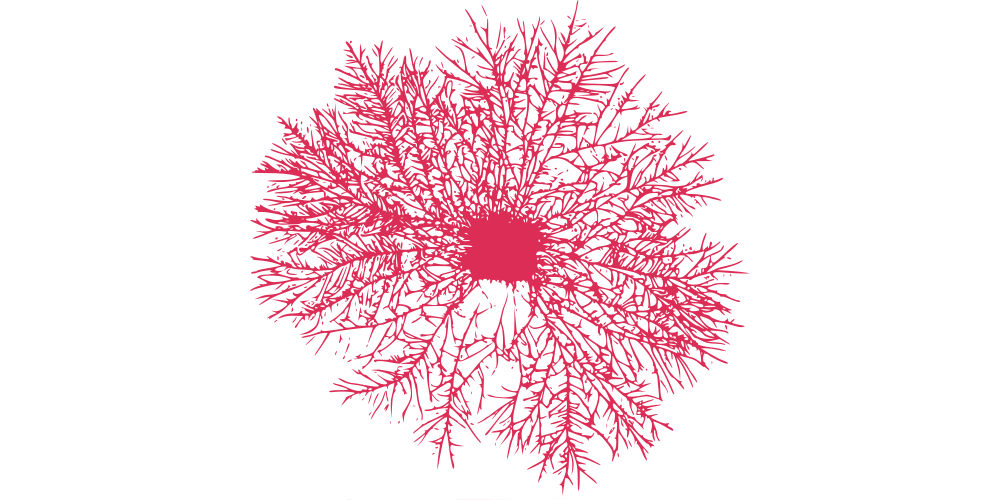myco¶

Teaching computers about the earth with networks.
Documentation: docs.salo.ai/salo-deep-learning
Source code: salosciences/salo-deep-learning
myco is our geopspatial deep learning package. It is for training, tuning, and applying neural network models, primarily 2D CNNs, using satellite imagery.
The package name is a nod to mycorrhiza, the symbiotic relationship between plants and fungi, specifically to invoke the imagery and function of the network of fungal hyphae known as mycelium.
Developer install¶
git clone git@github.com:salosciences/salo-deep-learning.git
cd salo-deep-learning
make init
This will create a new myco conda environment and install the required dependencies. It requires you have conda installed.
Python package install¶
With SSH keys:
pip install git+ssh://git@github.com/salosciences/salo-deep-learning.git
Without SSH keys:
pip install git+https://github.com/salosciences/salo-deep-learning.git
Coda¶
The wide-reaching and profound effects of mycelial networks—including their effects on our minds—are teased by Francis Gooding in their terrific book review of Merlin Drake's Entangled Life: How Fungi Make Our Worlds, Change Our Minds and Shape Our Futures:
The patterns of thought experienced by someone taking psilocybin seem strikingly analogous to its neurological effects. And both seem profoundly similar to what we know of mycelium and its habits. The explosive growth of interconnections, the development of flexible new relationships, the filling of spaces with a tangle of new pathways, novel and powerful exchanges and flows of information coursing through an electrically excitable network: what else but this would a fungus do if it really did seize hold of your mind? And if a fungus were sentient or somehow like a brain, isn’t this perhaps just how it would think – in an entanglement of intimate, sudden, pulsing, fresh connections between the things around it?